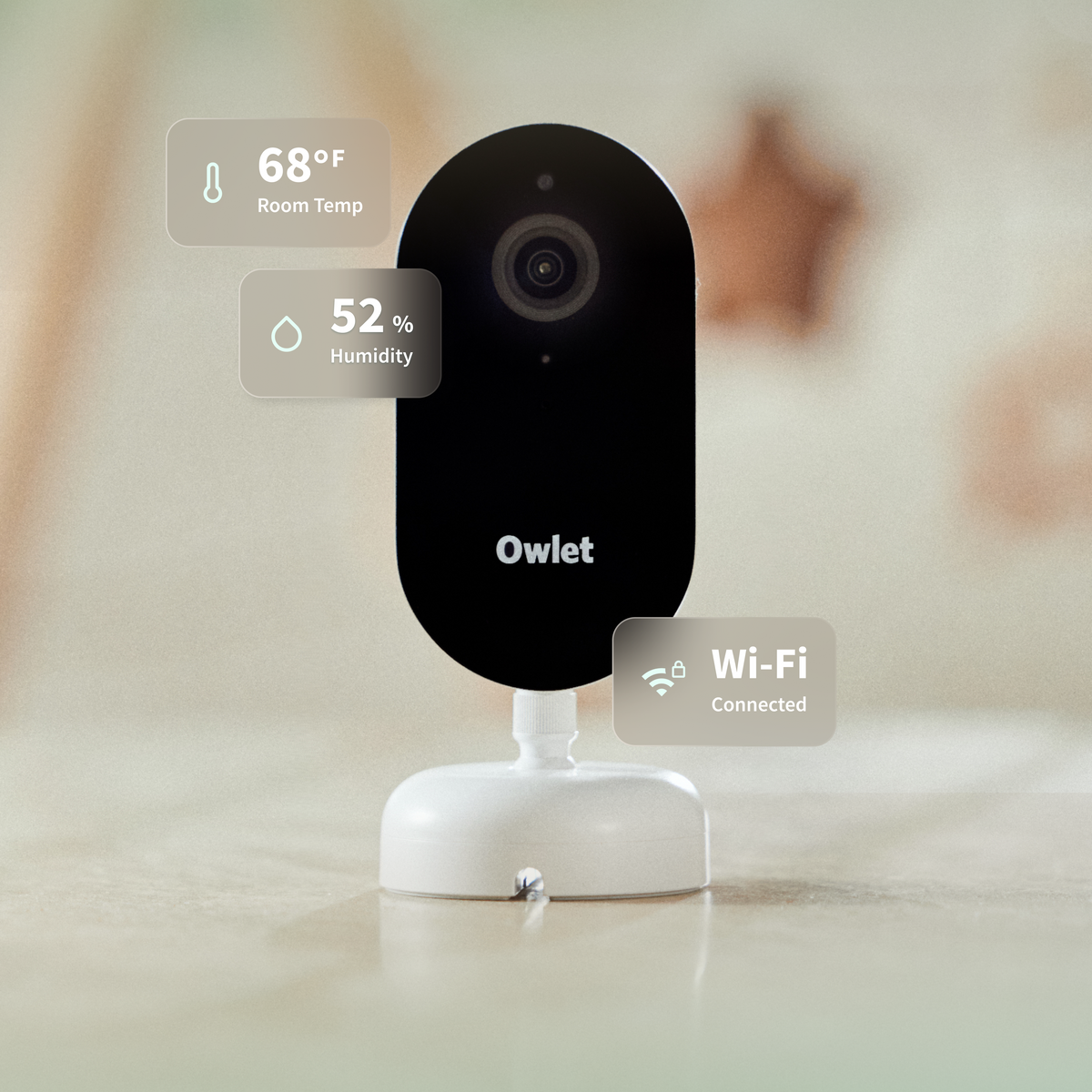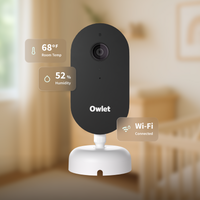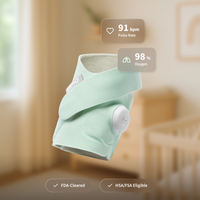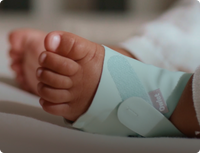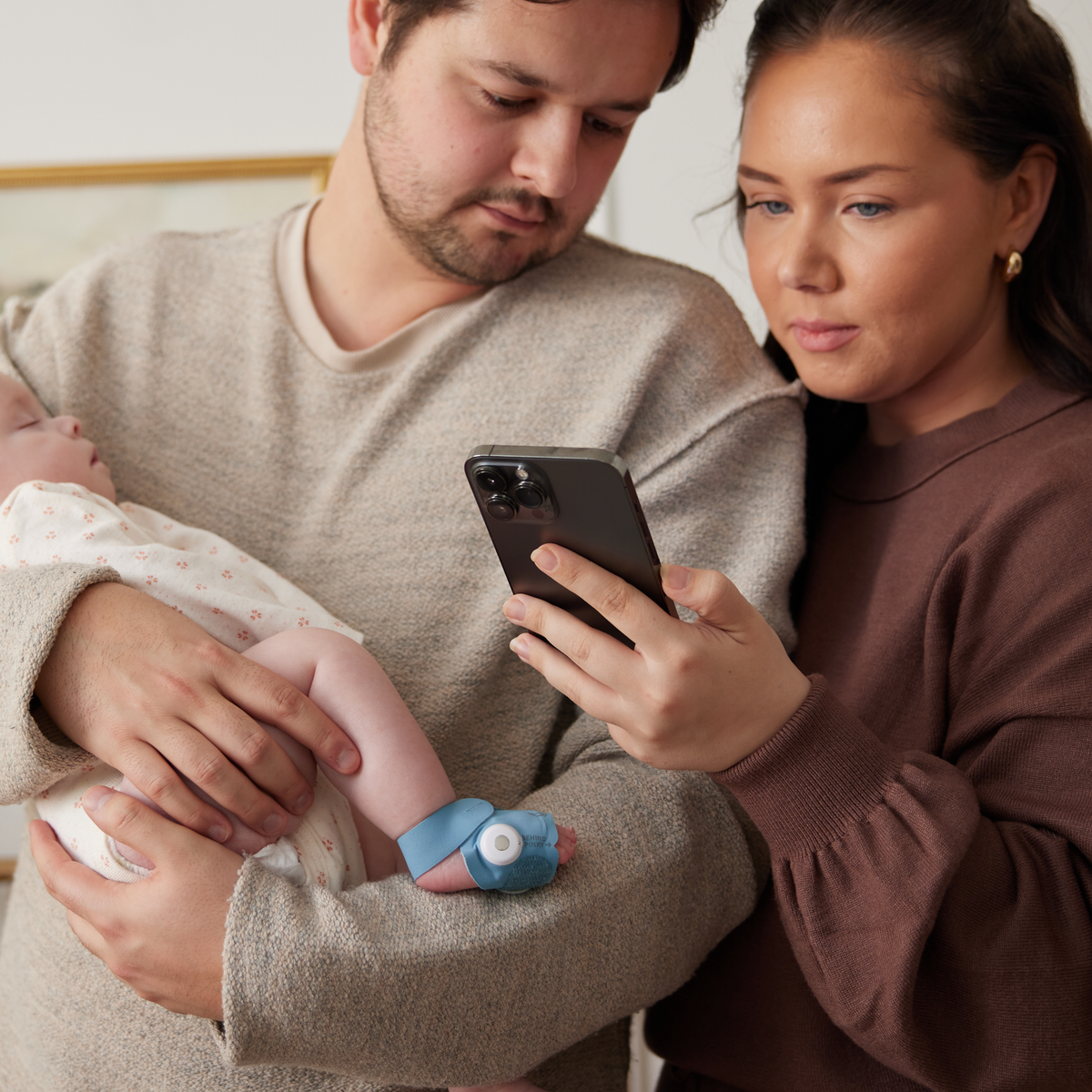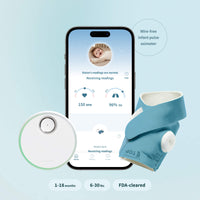"What started off as something used for "peace of mind,” ended up being something used to help us monitor our daughter’s safety.
Our daughter Kennedy had fetal tachycardia, discovered at around 25 weeks, but the doctors told us it would likely resolve at birth. Kennedy was born prematurely 5.5 weeks before her due date by emergency induction as a result of my preeclampsia with severe features. All of the doctors and hospital staff prepared us for the expectation of her NICU stay because of her premature arrival and emergency induction. She blew all of our minds and surpassed all expectations in the NICU, showing us how strong she was from the very beginning.
My husband’s co-worker gifted us our Owlet Dream Sock - they swore by it for the peace of mind it gave them. Because of Kennedy’s tachycardia, coupled with the aftermath of my preeclampsia and blood pressure issues, we paid a little more attention to her pulse rate and knew what to keep an eye out for. We started noticing some high spikes in Kennedy’s pulse rate with our Dream Sock, which eventually turned into high pulse rate averages.
On separate occasions, both my mom and father-in-law commented on Kennedy’s fast breathing while sleeping. We started putting her Dream Sock on during the day for periods of time too. Her pulse rate average continued to increase over time. She started having consistent averages of 195+, with spikes up to 218 BPM. However, her pediatrician reassured us that everything sounded “perfect” and “it’s normal for babies to have high spikes”. While high spikes in babies may be “normal”, these extremely high averages were not.
At one of her checkups, I addressed this concern again, but we were once again met with, “she sounds perfect” and “I don’t hear anything concerning”. But, to appease me, they ordered an echocardiogram. She had her echo one week later. Her pediatrician called me directly from his personal cell phone that evening to tell me that they were going to need to see Kennedy again the next day because her pulse rate was aligned exactly with what our Dream Sock had helped us discover - very high.
The following morning she went back for an EKG and another echo. Kennedy was admitted right away to the PICU for Ectopic Atrial Tachycardia (EAT) and Cardiomyopathy. She was so far into her heart failure at that time that they had to resuscitate her when trying to administer the medications she needed immediately. She was admitted for 10 days. The longest, worst days of our lives; all filled with true indescribable pain.
Today, Kennedy is no longer at heart failure levels. Her diagnosis of EAT and Cardiomyopathy remain the same and are currently being managed by various compound medications. Although Kennedy has a long road ahead of her, she has overcome the various significant challenges that life has thrown her way, and has time and time again proven how unbelievably strong she is.

Pediatric cardiomyopathy is a rare disease, and it can often go undiagnosed because many children don’t show symptoms, or their symptoms are mild and easily mistaken for other conditions. Had it not been for our Dream Sock, we would have likely discovered our daughter’s diagnosis’ when it was too late." - Casey C.
Share your Owlet story here.
*As a reminder, Dream Sock® is intended to track your baby's pulse rate and oxygen level and keep parents informed, but it is not intended to diagnose, treat or cure any disease or other condition including, but not limited to, Sudden Infant Death Syndrome (SIDS) and/or Respiratory Syncytial Virus (RSV).
